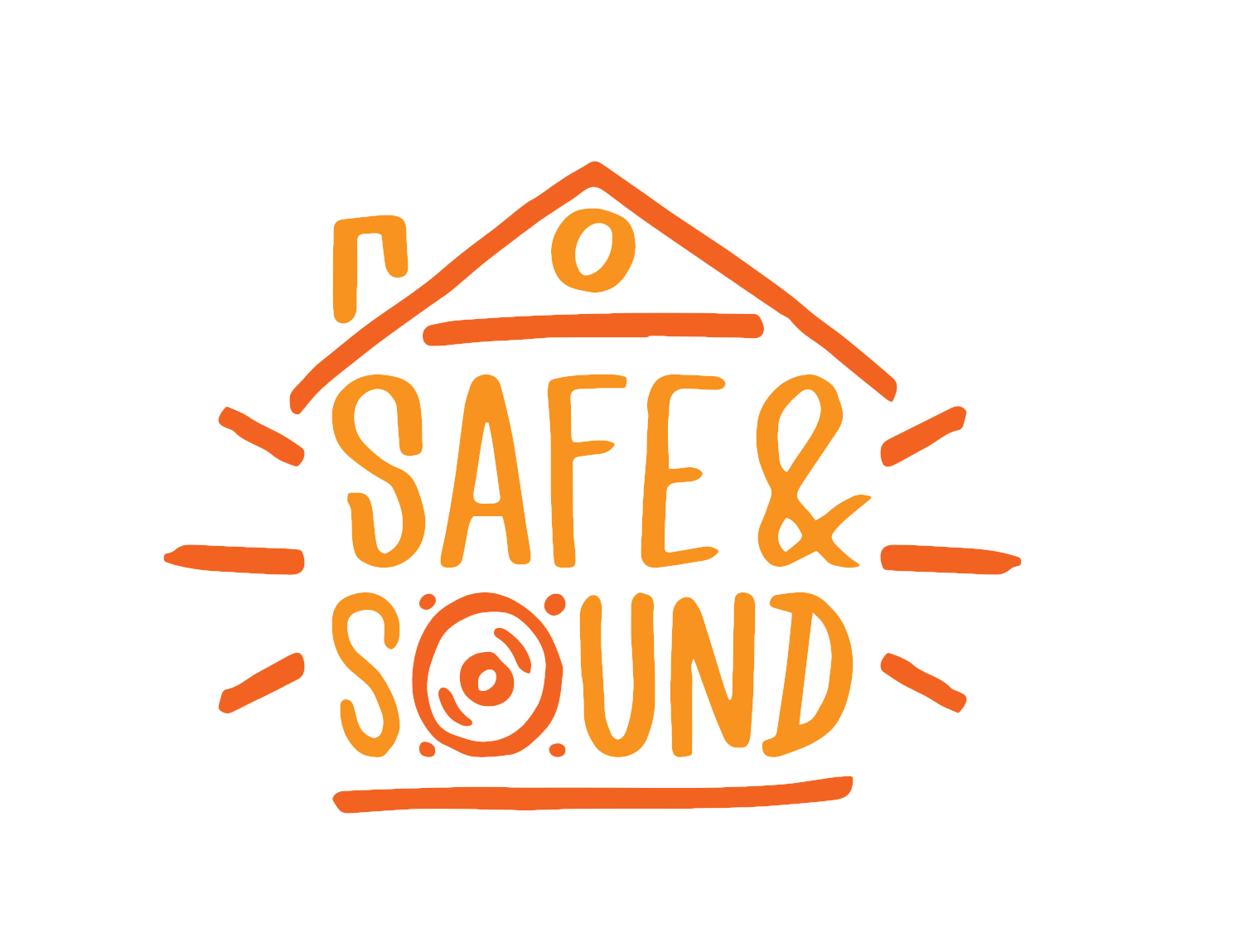Group sessions Safe & Sound
Group sessions Safe & Sound
The group sessions are structured in three phases.
Phase 1 – Establishing Safety
The opening phase focuses on getting to know each other, creating a safe environment, starting the creative process, and mapping both resilience and trauma-related challenges. Themes include talents, interests, cooperation, and social skills such as listening and taking turns. Through playful musical activities, children and young people are encouraged to experiment and create their own music. They learn to invent rhythms and melodies, giving them a strong sense of ownership over the sessions.
Phase 2 – Compose
In this phase, the group works on a theme that matters to them. With increased trust and safety, more sensitive topics can be explored—such as dealing with emotions, sharing personal stories, processing difficult events, self-image, hope, and the future. Songs are written based on these shared experiences, using a solution-focused approach. The emphasis lies on recognizing strengths, possibilities, and support from one another and the environment. Together, they compose a song—and their own way of dealing with the theme.
Phase 3 – Integrate
Once the song is complete, the group moves into the final phase. The song is rehearsed, recorded, and a music video is created—children are involved as much as possible in the entire process. Together with the music therapist, they decide on visuals and instruments. This phase also includes group reflection on what was learned—about the theme, themselves, and collaboration—so the experience becomes part of their personal growth. The children are proud of the result and enjoy sharing their song with those who matter to them.
The group sessions are structured in three phases.
Phase 1 – Establishing Safety
The opening phase focuses on getting to know each other, creating a safe environment, starting the creative process, and mapping both resilience and trauma-related challenges. Themes include talents, interests, cooperation, and social skills such as listening and taking turns. Through playful musical activities, children and young people are encouraged to experiment and create their own music. They learn to invent rhythms and melodies, giving them a strong sense of ownership over the sessions.
Phase 2 – Compose
In this phase, the group works on a theme that matters to them. With increased trust and safety, more sensitive topics can be explored—such as dealing with emotions, sharing personal stories, processing difficult events, self-image, hope, and the future. Songs are written based on these shared experiences, using a solution-focused approach. The emphasis lies on recognizing strengths, possibilities, and support from one another and the environment. Together, they compose a song—and their own way of dealing with the theme.
Phase 3 – Integrate
Once the song is complete, the group moves into the final phase. The song is rehearsed, recorded, and a music video is created—children are involved as much as possible in the entire process. Together with the music therapist, they decide on visuals and instruments. This phase also includes group reflection on what was learned—about the theme, themselves, and collaboration—so the experience becomes part of their personal growth. The children are proud of the result and enjoy sharing their song with those who matter to them.

Safe & Sound Foundation
Orleansstraat 45a
6217 LD
Maastricht, Netherlands
info@sandervangoor.eu
0648464878
KvK: 84640251
RSIN: 863293414
